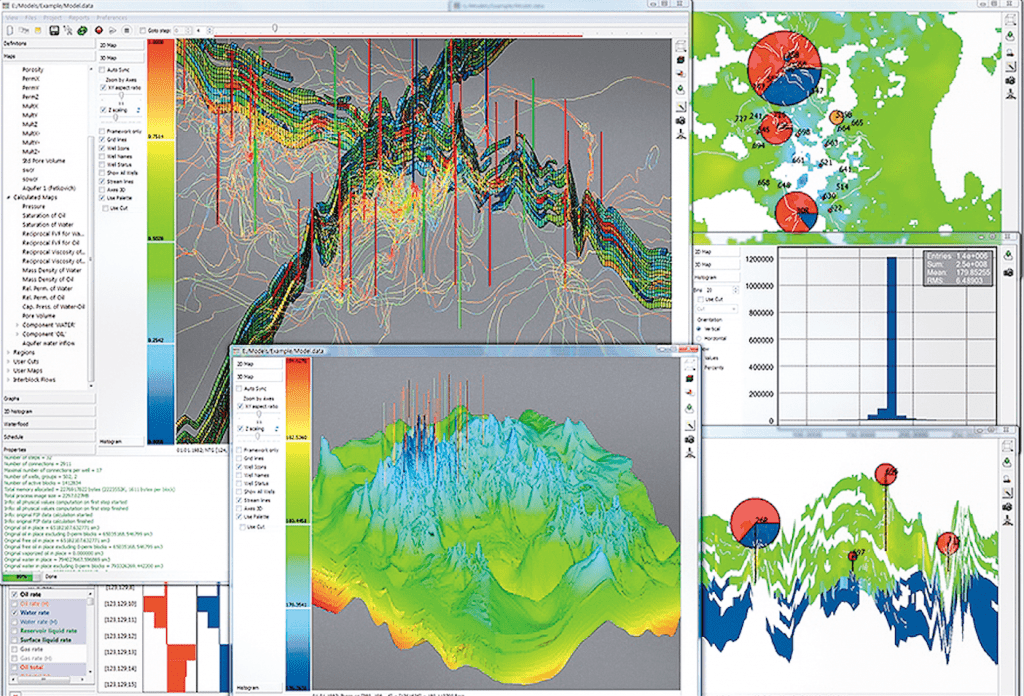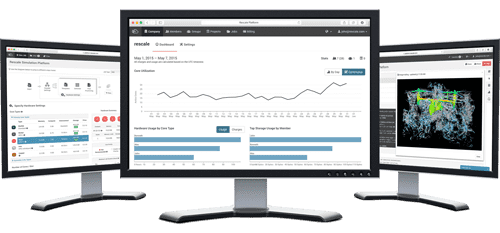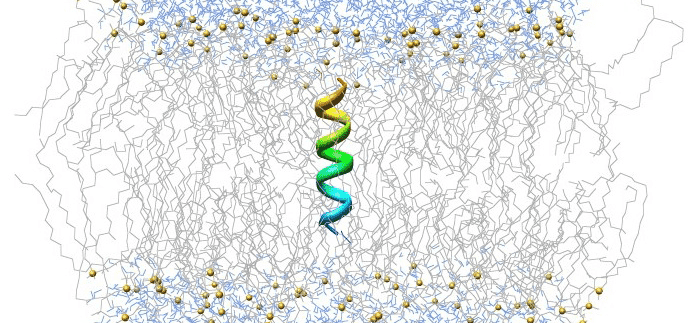Numerical Simulation of Blood Flow in Flexible Arteries Using Fluid-Structure Interaction

Background
The increasing accuracy requirements in many of today’s simulation tasks in science and engineering more and more often involve the need to take into account more than one physical effect. Among the most important, with respect to both modeling and computational issues, and most challenging of such multiphysics problems are fluid-structure interactions (FSI), i.e. interactions of some movable or deformable elastic structure with an internal or surrounding fluid flow. The variety of FSI occurrences is abundant and ranges from aircraft wing and turbine blade flutter to blood flow in arteries. The consequences of ignoring the effects of these oscillatory interactions can be catastrophic, especially in structures susceptible to fatigue.
Analysis Description
To help demonstrate Rescale’s utility to assist engineers and scientists in modeling these complex multiphysics problems, we performed a numerical simulation of blood flow in flexible arteries using fluid- structure interaction. Modeling blood flow presents some unique challenges in representing the various physical processes accurately. By nature, blood is a Non- Newtonian fluid and its viscosity varies with shear rate. Another challenge involves the artery material itself which is also complex, consisting of several layers with each layer having dissimilar properties. Further complicating matters, the arterial walls deform with variations in pressure of the internal blood flow passing through them. These arterial walls dilate in response to increased blood pressure and contract when this pressure subsides. However, these deformations also influence the pressure of the internal blood flow itself, thereby, defining a coupled transient system that is to be solved.
Figures 1 and 2 show the simple analysis models for the structural and fluid solvers, respectively. The cylindrical structural model consists of a 22 mm inner diameter, a fixed 2 mm wall thickness, and extends 55 mm. The FEA model consists of 7,776 elements while the fluidic domain is made up of 20,480 hexahedral cells.
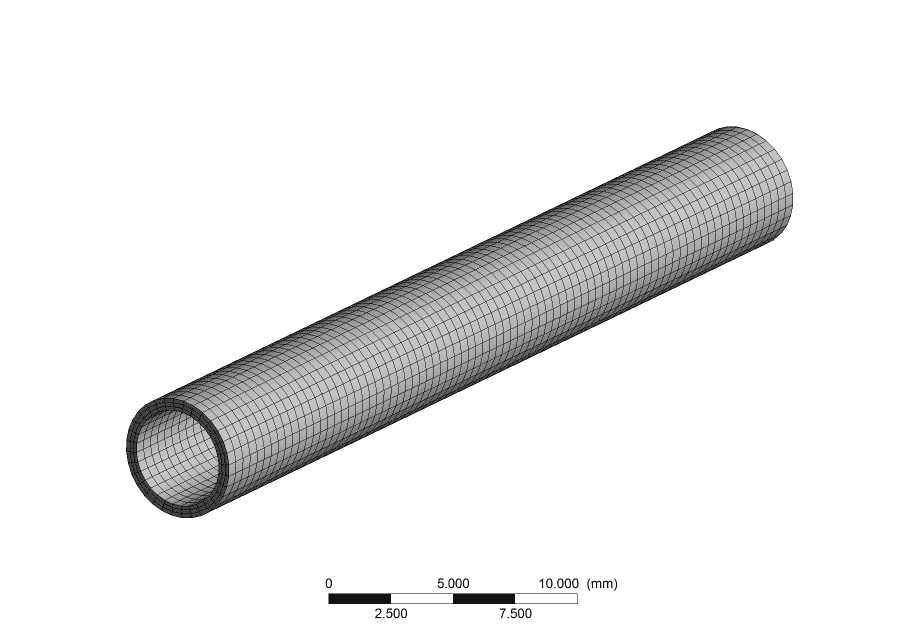
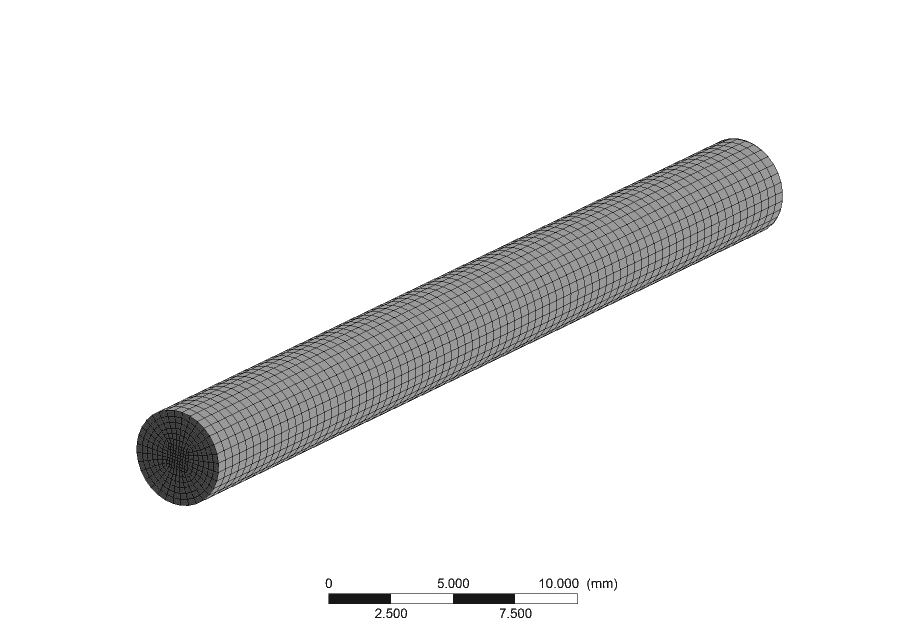
The two models are joined along a single FSI boundary. A periodic velocity profile is prescribed on the inlet boundary of the fluid domain where the periodic inlet velocity averages 1.3 m/s and ranges 0.5 m/s around this average. A linear distribution for the static gauge pressure, which varies from 0 Pa to 13,332 Pa between times t = 0 and t = 1 (sec), is stipulated at the outflow boundary of this domain, and a no-slip, adiabatic boundary condition is applied along the outer cylindrical wall. Blood traveling through the artery is modeled as a laminar, incompressible flow.

Table 1 lists the bulk material properties used to define the artery structural model in ANSYS Mechanical for this example simulation. Blood was modeled using the Carreau model which relates the viscosity to shear rate as shown in Eq. (1).

Simulation Solution
As the simulation progresses, pressure of the blood in the artery rises, causing the elastic artery structure to dilate. This expansion of the fluid boundary results in a decrease in pressure of the blood flowing through the artery, and the artery is seen contracting. The animations in Figures 3 and 4 highlight this system coupling effect and are helpful in visually conveying the multiphysics involved with these types of fluid-structure interaction simulations.
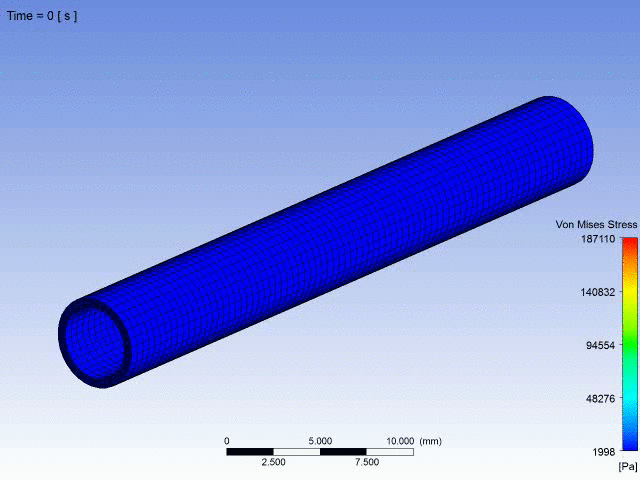
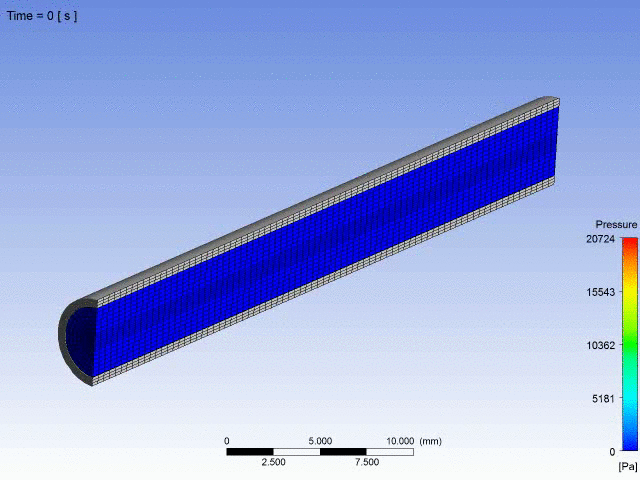
Additionally, this deformation of the artery wall can be measured more quantitatively. Figure 5 shows the initial total displacement of a plane cutting through the middle of the artery wall structure. This initial displacement was measured to be 0.276 mm.
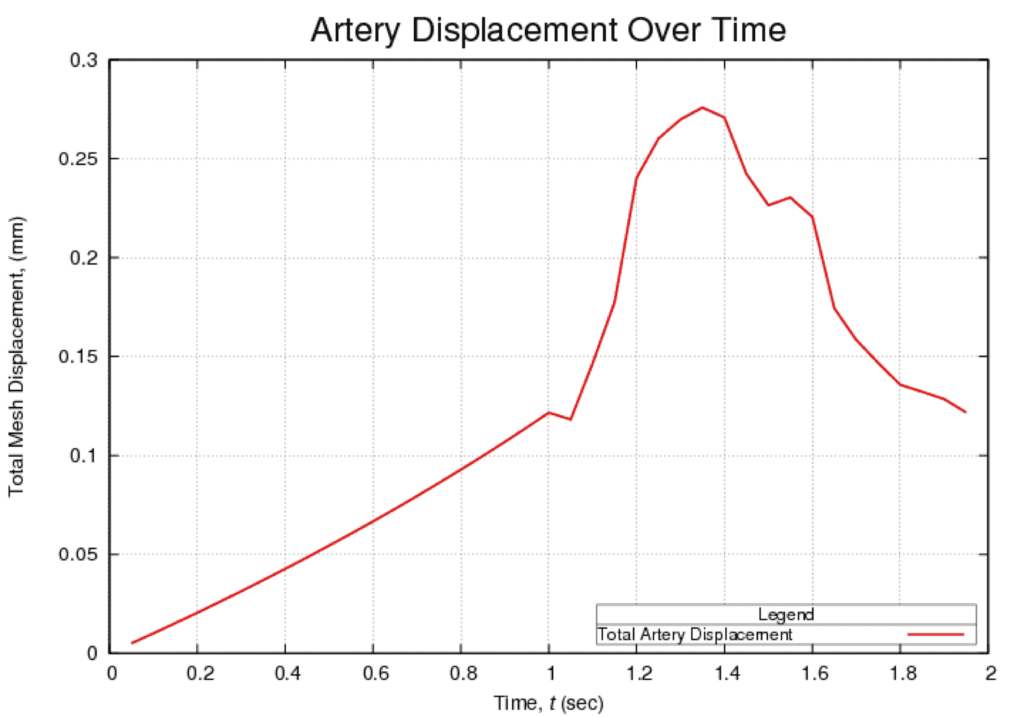
Summary
As engineers and scientists pursue even greater accuracy in their work, the need to model problems involving more than one physical effect places a greater demand for computational resources that are often shared amongst several competing groups within an organization. Complex analysis models composed of tens to hundreds of millions of cells further exacerbates this issue, resulting in long queue times in an organization’s HPC scheduler.
As a result, the scope of analysis work is often curtailed due to pending deadlines. Rescale can help alleviate congested situations like these within your organization by providing an easy-to-use, on- demand alternative which enables engineers and scientists to run their intricate multiphysics simulations on the computing resources they require without any delays.
You can view and run this simulation yourself on Rescale by clicking here.






